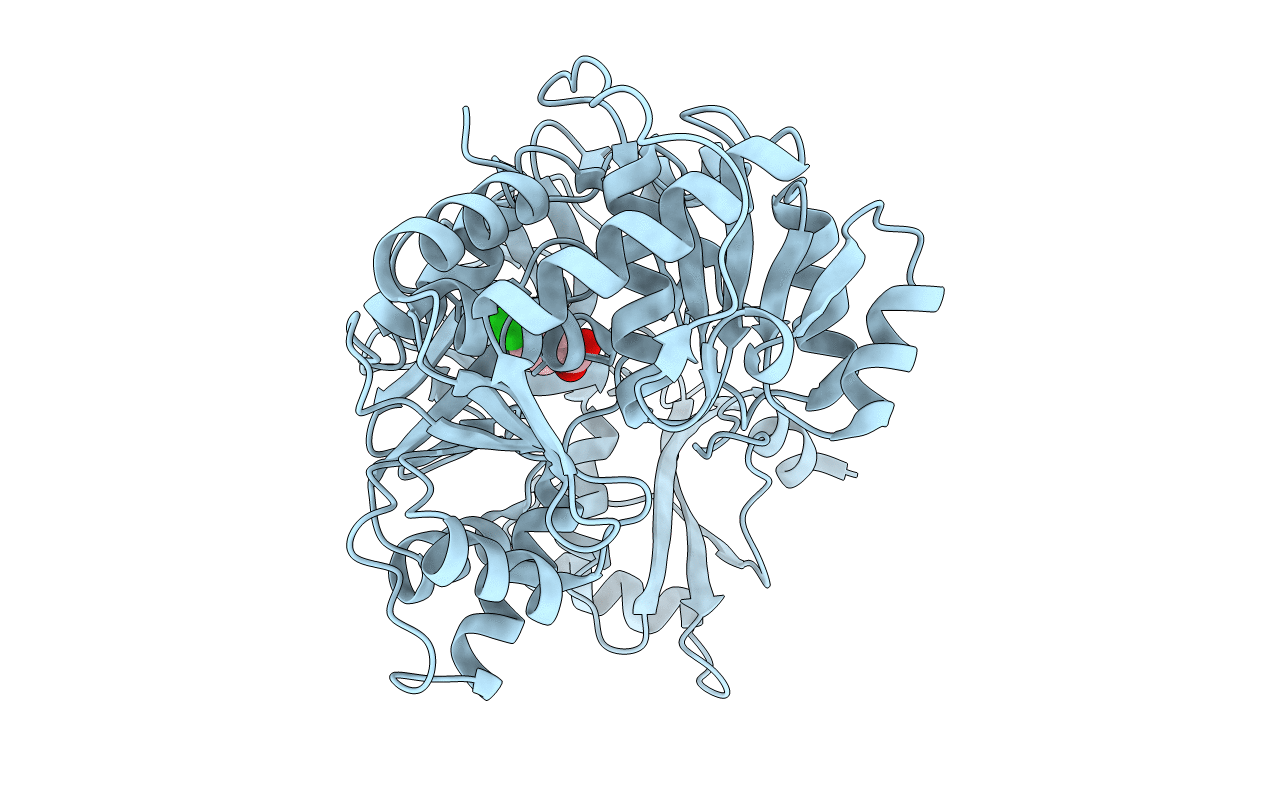
Deposition Date
2008-06-28
Release Date
2009-04-21
Last Version Date
2024-04-03
Entry Detail
PDB ID:
3DLP
Keywords:
Title:
4-Chlorobenzoyl-CoA Ligase/Synthetase, Mutant D402P, bound to 4CB
Biological Source:
Source Organism:
Alcaligenes sp. (Taxon ID: )
Host Organism:
Method Details:
Experimental Method:
Resolution:
2.60 Å
R-Value Free:
0.25
R-Value Work:
0.20
R-Value Observed:
0.20
Space Group:
P 32 2 1


